Scroll right to see the works
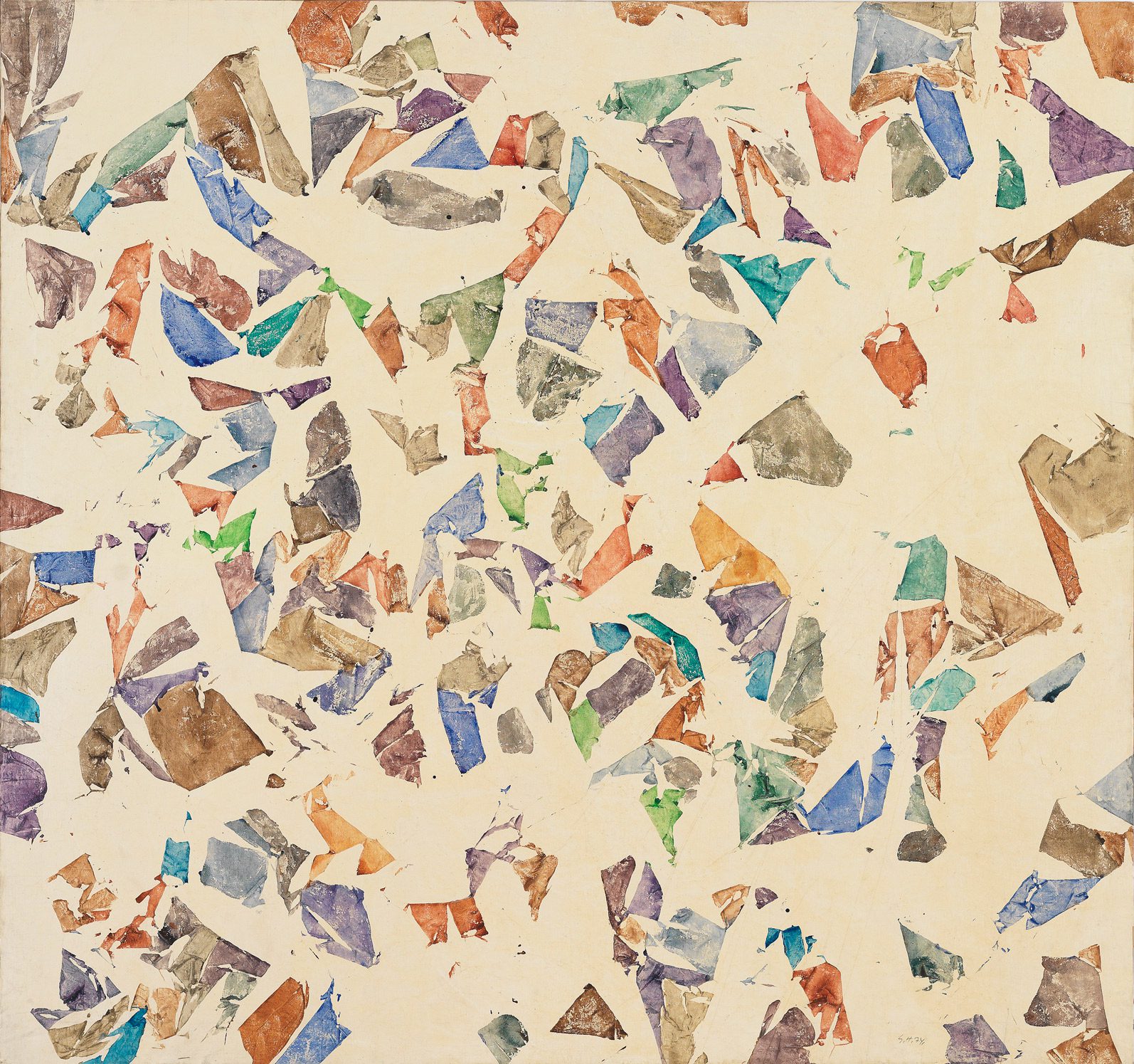

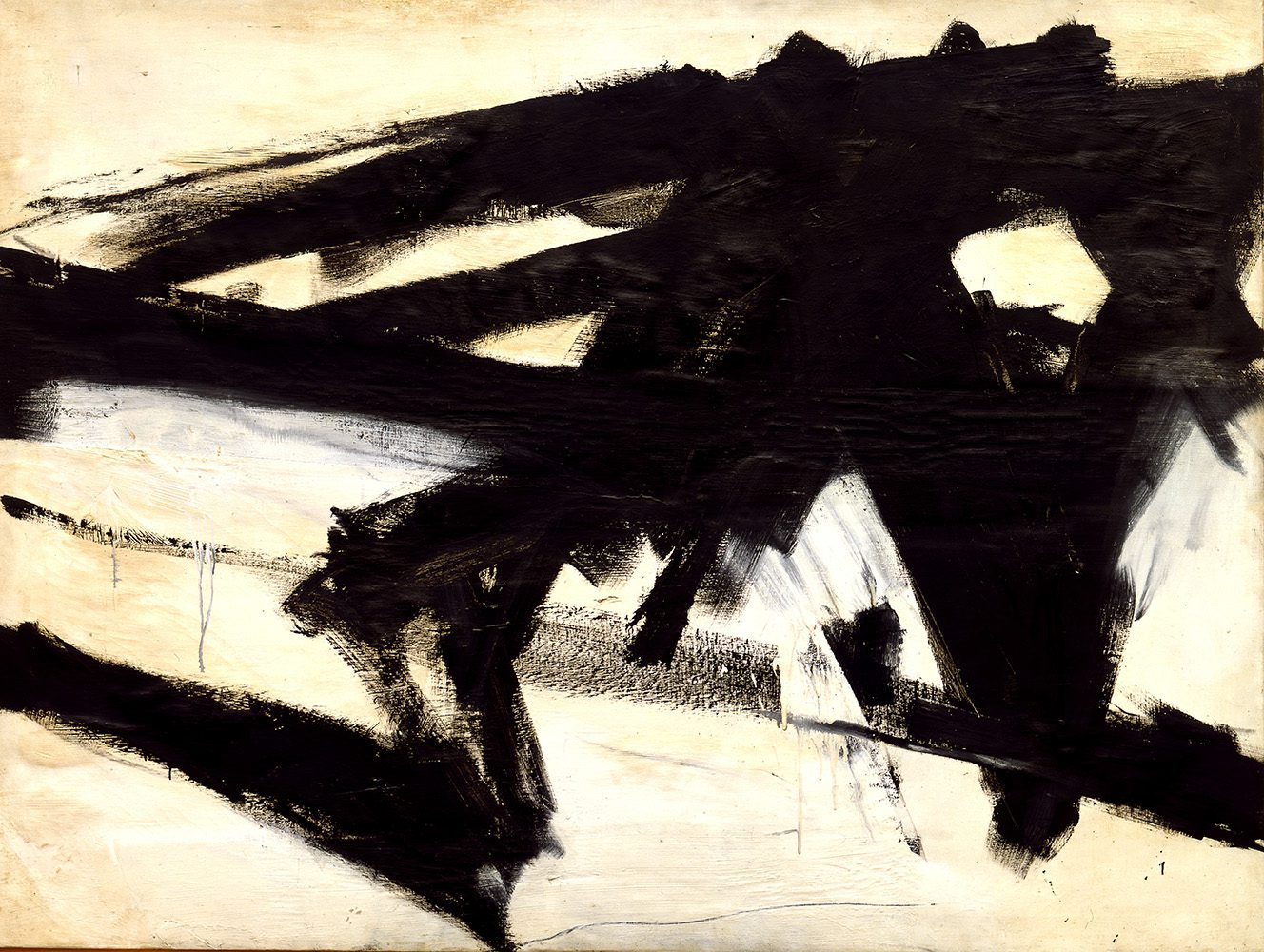
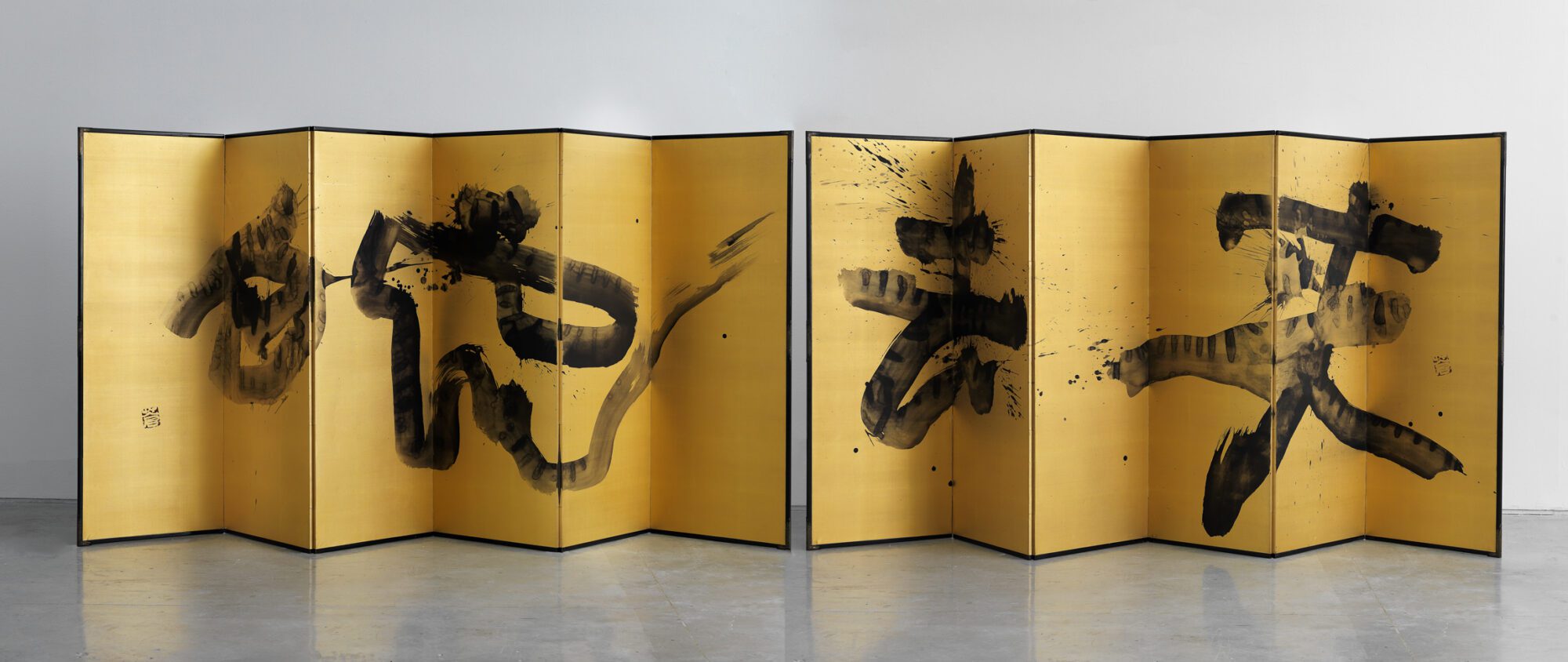
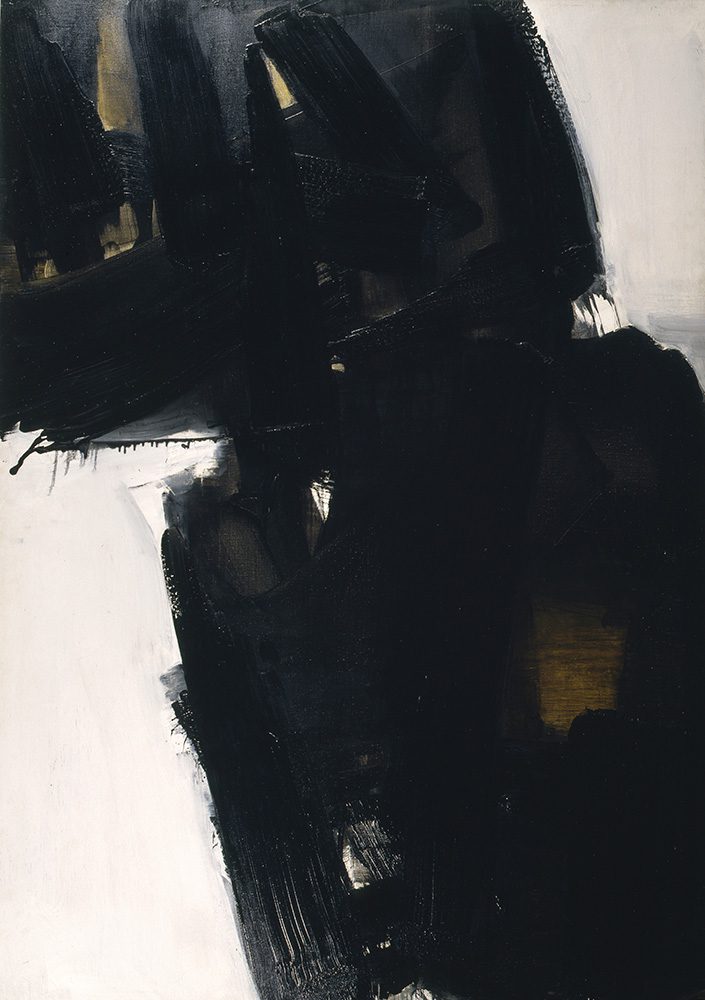
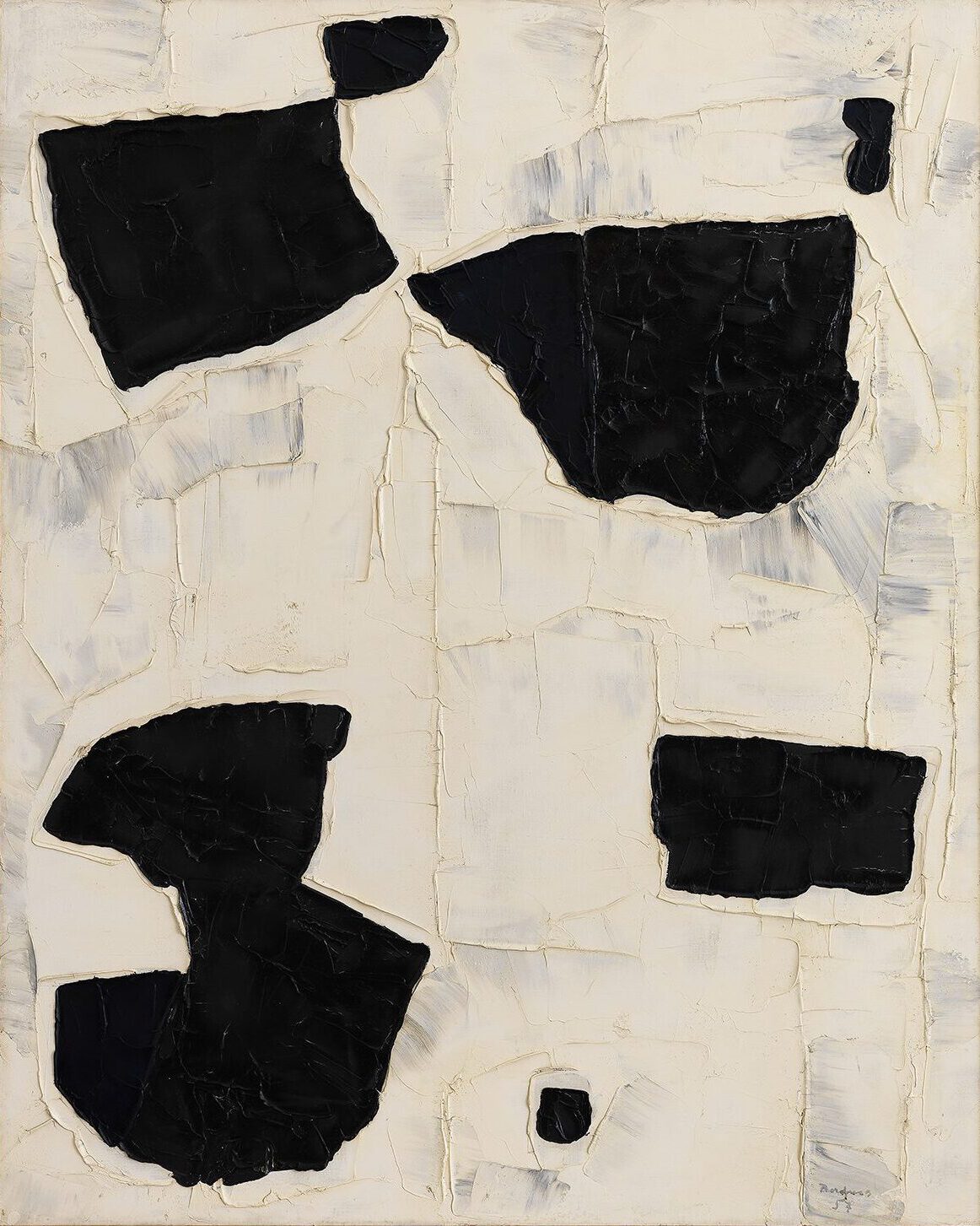
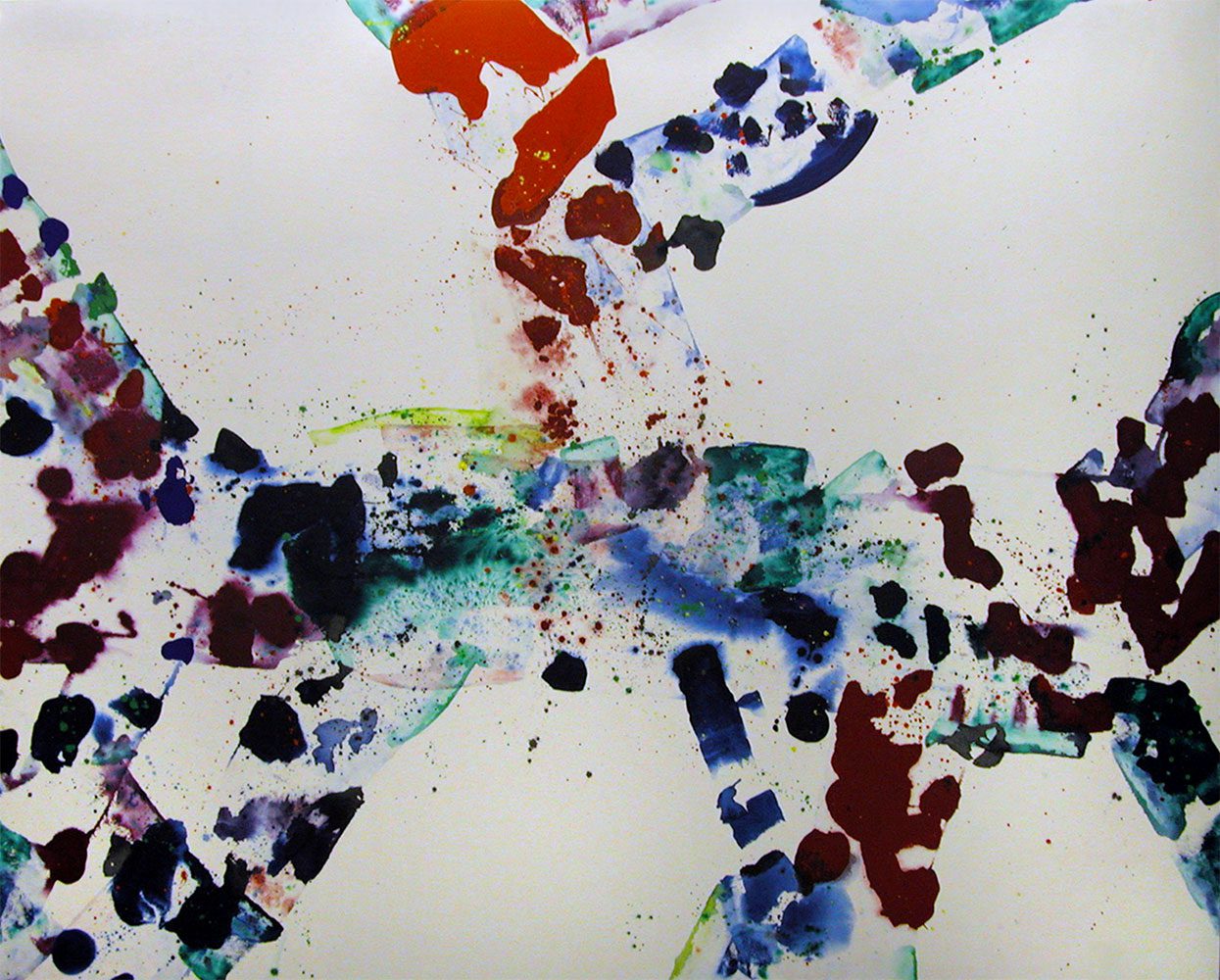
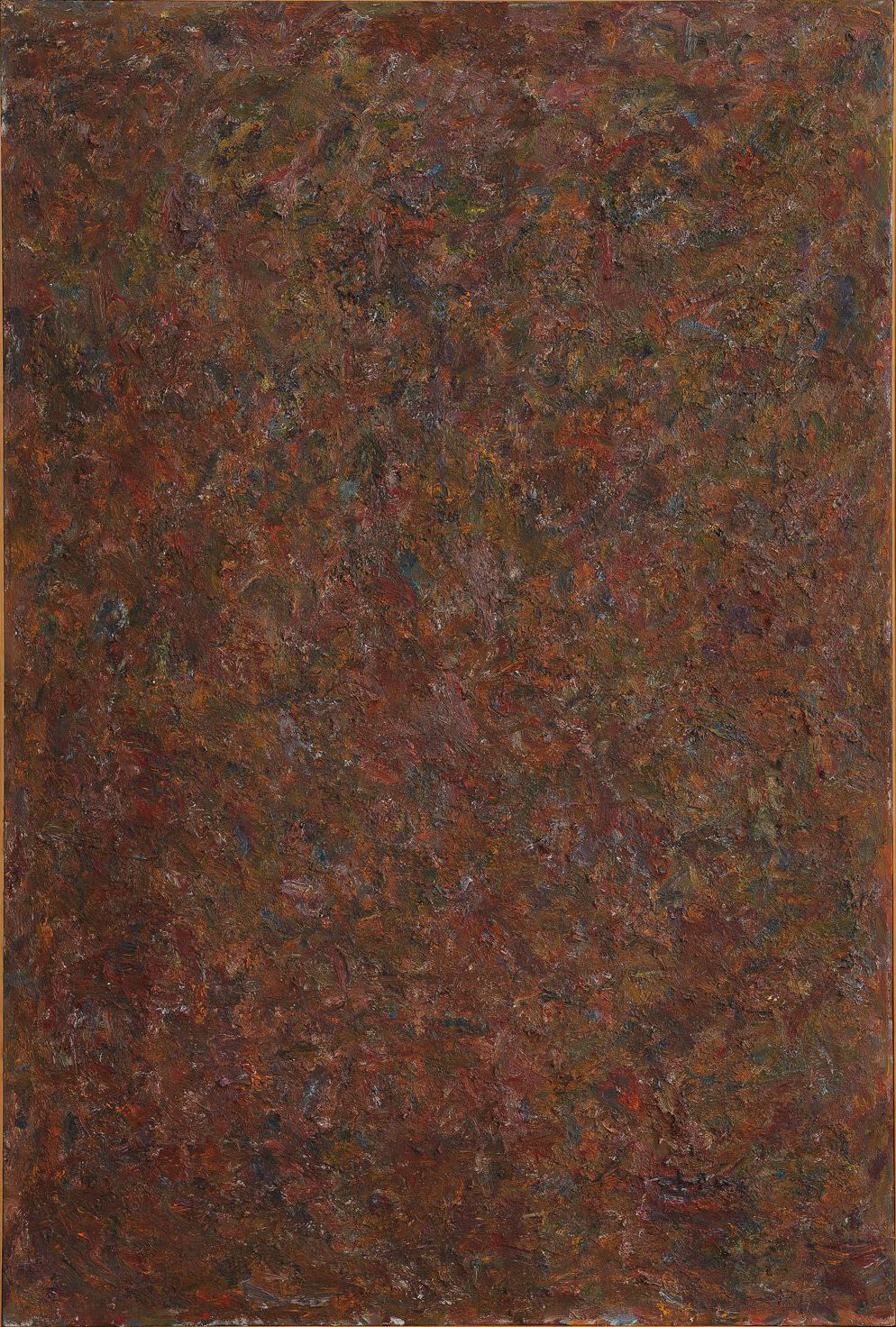

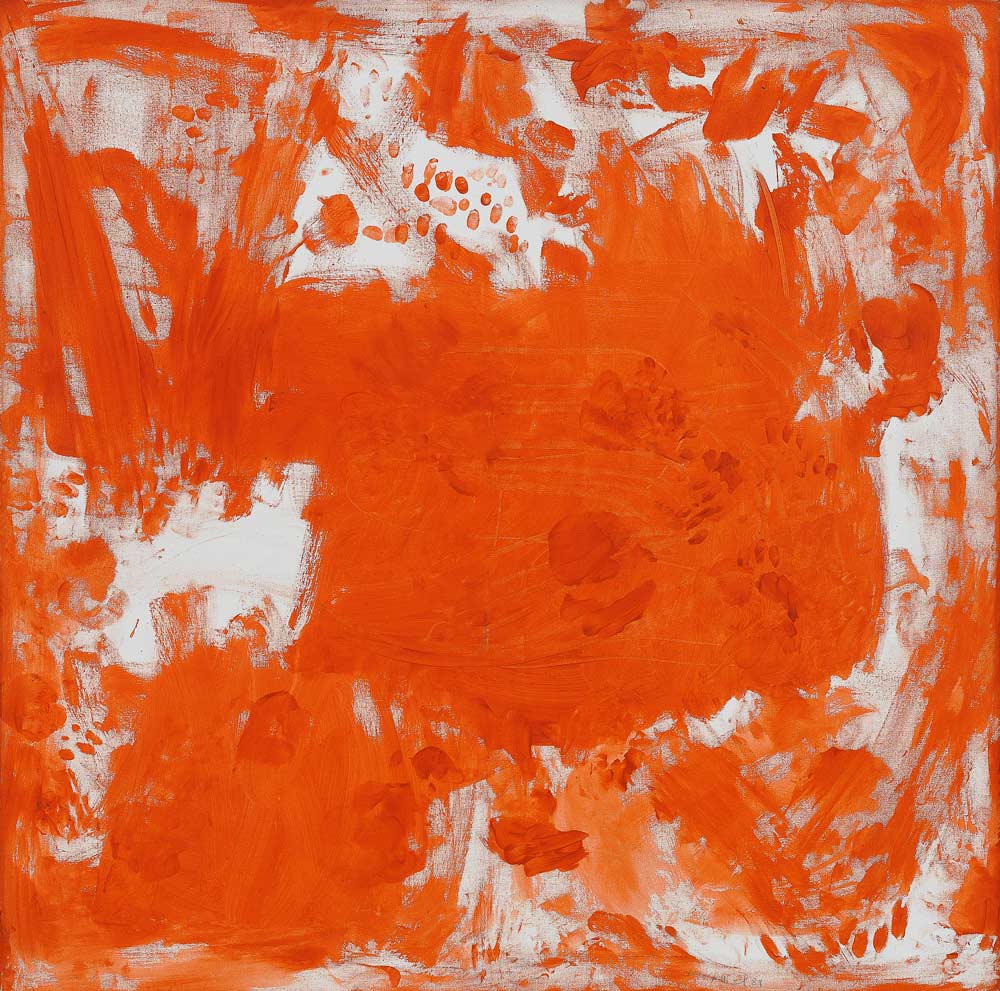



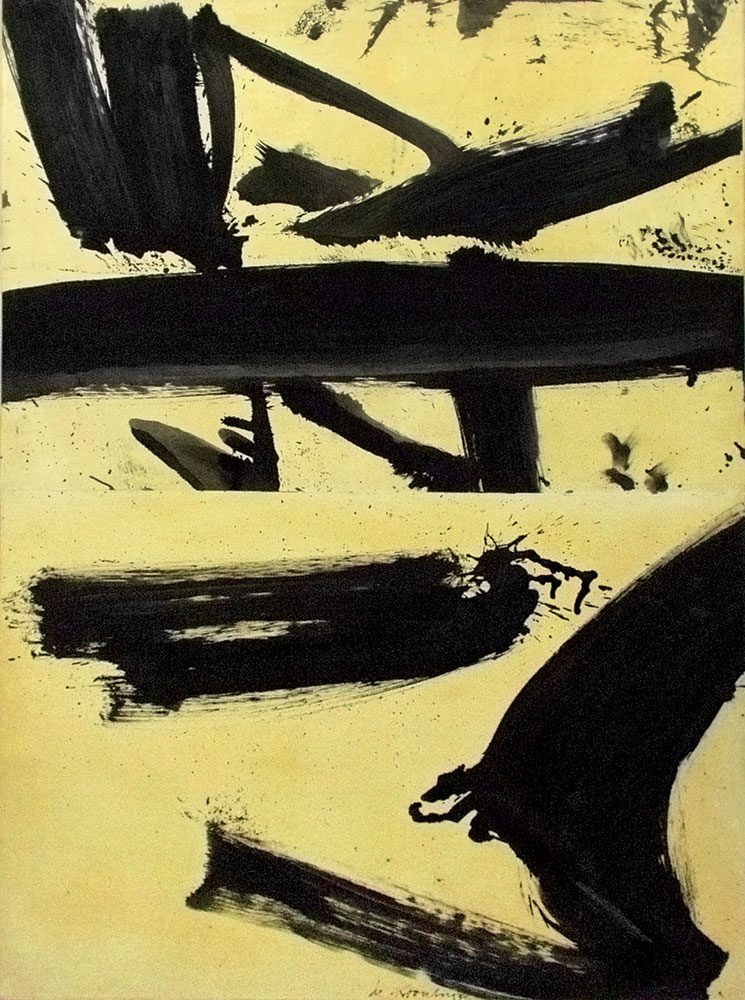

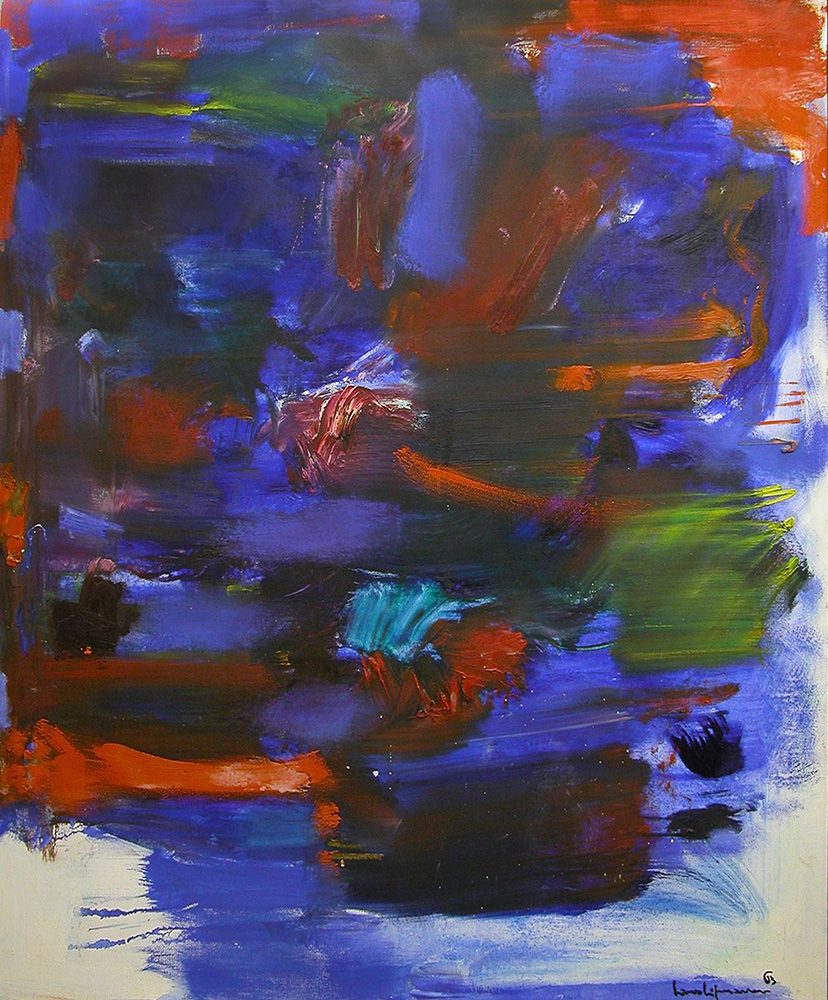
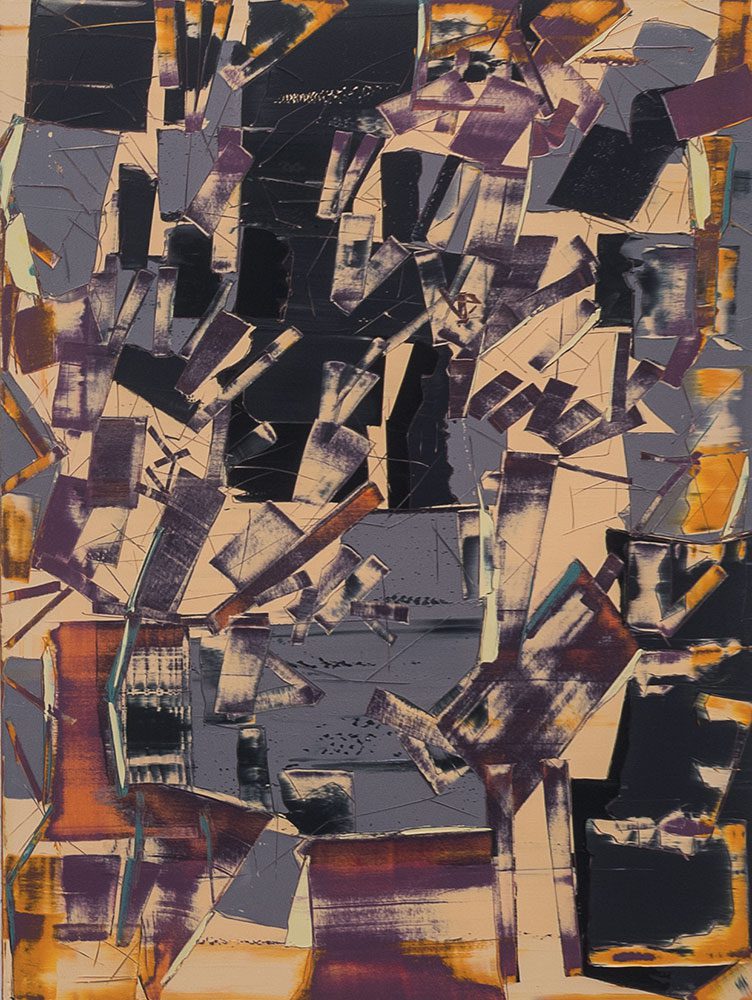



Color, material, and gesture are primary means for the expression of the artist’s emotions. As the American action painter Willem de Kooning said: “I paint this way because I can keep putting more and more things in it – drama, anger, pain, love, a figure, a horse, my ideas about space. Through your eyes it again becomes an emotion or an idea.”
This section of the exhibition presents works by artists who developed gestural languages, voicing a spirit of rebellion against tradition and a desire for unrestrained freedom to express emotional, mythic, or religious intensity. The physical and psychological join together in the artistic process, making the painting an extension of the artist’s inner self. Inspired by Surrealist automatism, Abstract Expressionism drew on the idea that art should emerge from the unconscious mind. Action painters such as Willem de Kooning and Michael Goldberg created powerful paintings with energetic, textural brushstrokes. Jackson Pollock famously placed his canvas on the ground, pouring and dripping paint from a can or trailing it from a brush or stick. Artists gave visual form to the emphasis on subjectivity and self-discovery that characterized postwar American culture and reflected contemporary interest in the mind, human nature, and existentialism.
World War II, the Holocaust, and the onset of the atomic age brought about a reevaluation of the human condition and the concept of civilization. In postwar Europe, artists associated with Art Informel, Tachism, Lyrical Abstraction, or Canadian Automatism (such as Pierre Soulages and Paul Emile Borduas) promoted expression without preconception, a highly idiosyncratic use of the palette knife, textured brushwork, chance stains, drips, and splashes. Jean-Paul Riopelle used blobs of paint straight from the tube. These artists abandoned premeditated structure in favor of a more intuitive form of expression, transmitting intense emotions through the vigorous handling of paint, and pioneering an “all-over” treatment of the large-scale format.
Artists such as Franz Klein, Georges Mathieu, and Sam Francis created gestural marks or signs reminiscent of Asian calligraphy. The art of calligraphy is particularly attuned to the “melody” of the line and the movement of the brushstroke. Artists began to study the techniques and philosophy of Far Eastern art, travel to Japan, and learn from the masters of Japanese calligraphy. Some even exchanged letters with contemporary Japanese avant-garde artists. However, in the nationalistic atmosphere that prevailed in the United States after World War II, abstraction was seen by many as a symbol of American greatness. Heroizing individualism and freedom, Abstract Expressionism constituted the Cold War cultural offensive, a perfect contrast to “the regimented, traditional, and narrow” nature of “socialist realism.” Used as a political tool, this polemic led some artists to dissociate themselves from Asian influences.